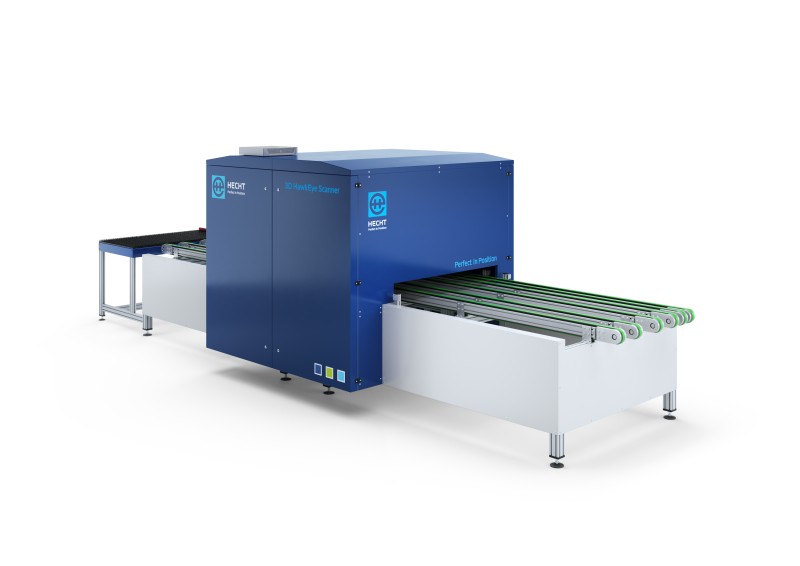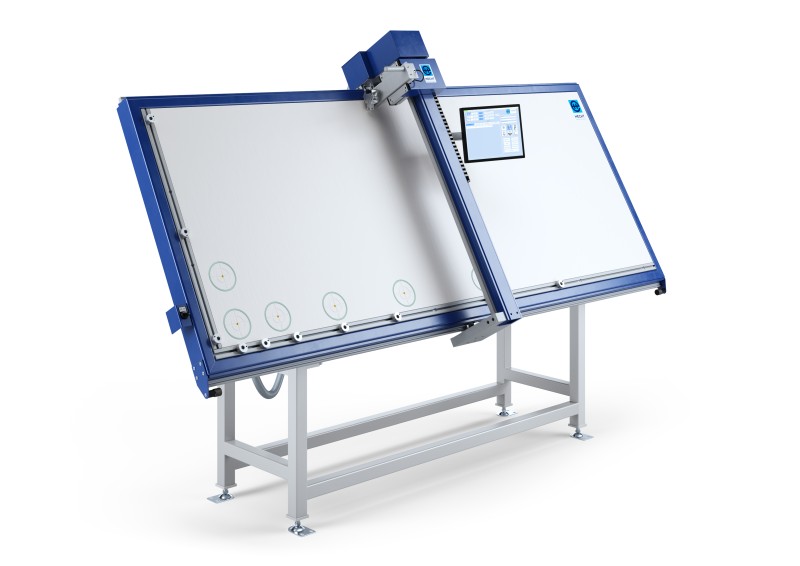furniture industry
Measurement and inspection of furniture parts
HECHT measuring systems are designed for the measurement and inspection of furniture parts. Our solutions can be used both offline and online.
The possible applications in furniture production are very diverse – from incoming goods inspection for purchased parts to setup time reduction on drilling lines, quality control in batch size 1 production, part identification after painting, random sample measurements and outgoing goods inspection. With a HECHT measuring system you will find the right solution within your furniture parts production.








